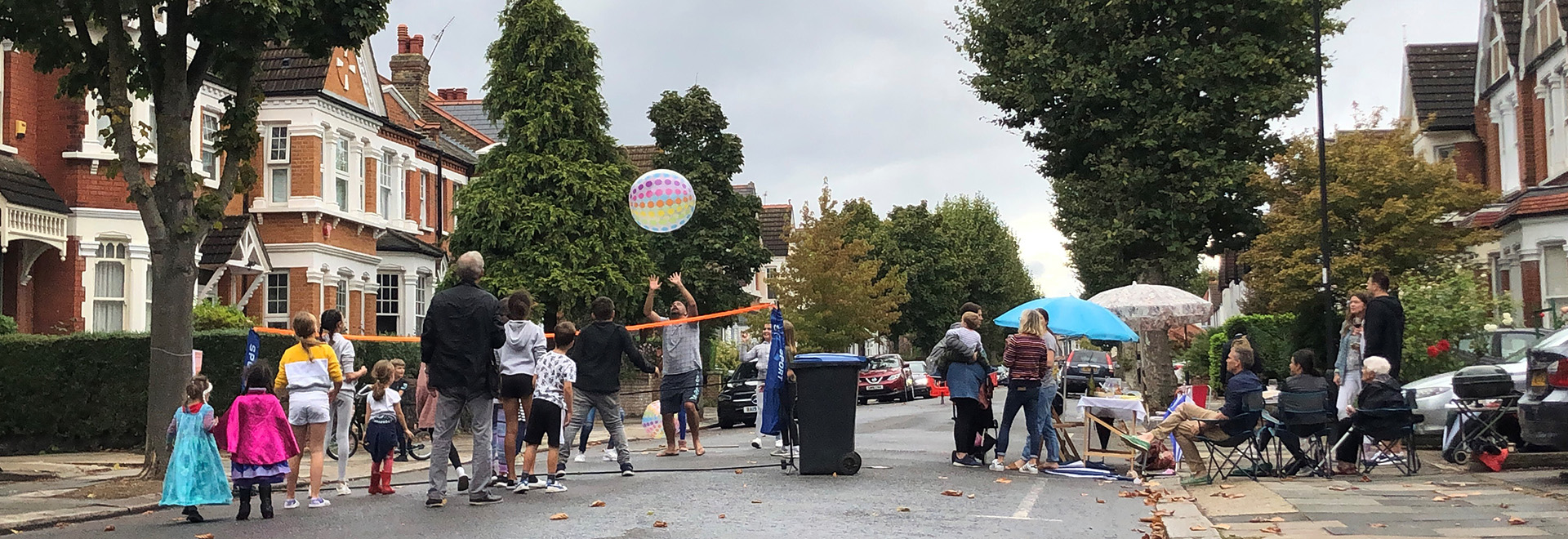Connecting children to public space outdoors had a watershed moment when Richard Louv published his now classic Last Child in the Woods: Saving Our Children from Nature-Deficit Disorder. A new handbook on designing public space for children shares examples of how marginalised children are being successfully connected with the outdoors; and includes a chapter from London Play, on play streets.
Landscape Architecture Magazine

The image of the carefree youth, which Mark Twain so eloquently captured in The Adventures of Tom Sawyer during this era, is ultimately one of privilege. In the early 20th century, fortunate boys living without the unending chores of a farm or factory hours in the city had more leisure time to explore the woods and streams. “The country road with barefoot boys, dogs, and fishing poles was an important part of early twentieth century small-town iconography,” notes Gordon, quoting Sinclair Lewis. The iconic youth in small towns was in various ways an elite group. How many prior generations of children of colour and girls were never in Louv’s proverbial woods in the first place?
The editors of The Routledge Handbook of Designing Public Spaces for Young People focus on providing access and voice specifically to these groups of marginalised young people. Access, in particular, has been a central topic in the research and at conferences. There has also been increasing discussion around social justice. However, empowering voices within the process is a newer concept that brings a different set of challenges to the committed professional.
“While pragmatic about failure, the Handbook is essentially hopeful. Speaking truth to power and empowering the marginalised are not trivial tasks, but ones that require the finesse and suite of skills for which landscape architects, planners, and environmental psychologists are fully trained. Some case studies, such as the creation of a play street culture in London, show how play and independent mobility can be increased.”
The methodologies, tools, and case studies are the guidance and inspiration that leaders and professionals need to support disadvantaged young voices today and to build inclusive public spaces now.
The full article is at Landscape Architecture Magazine.
The Routledge Handbook of Designing Public Spaces for Young People: Processes, Practices, and Policies for Youth Inclusion, edited by Janet Loebach, Sarah Little, Adina Cox, and Patsy Eubanks Owens; London and New York: Routledge, 2020.
